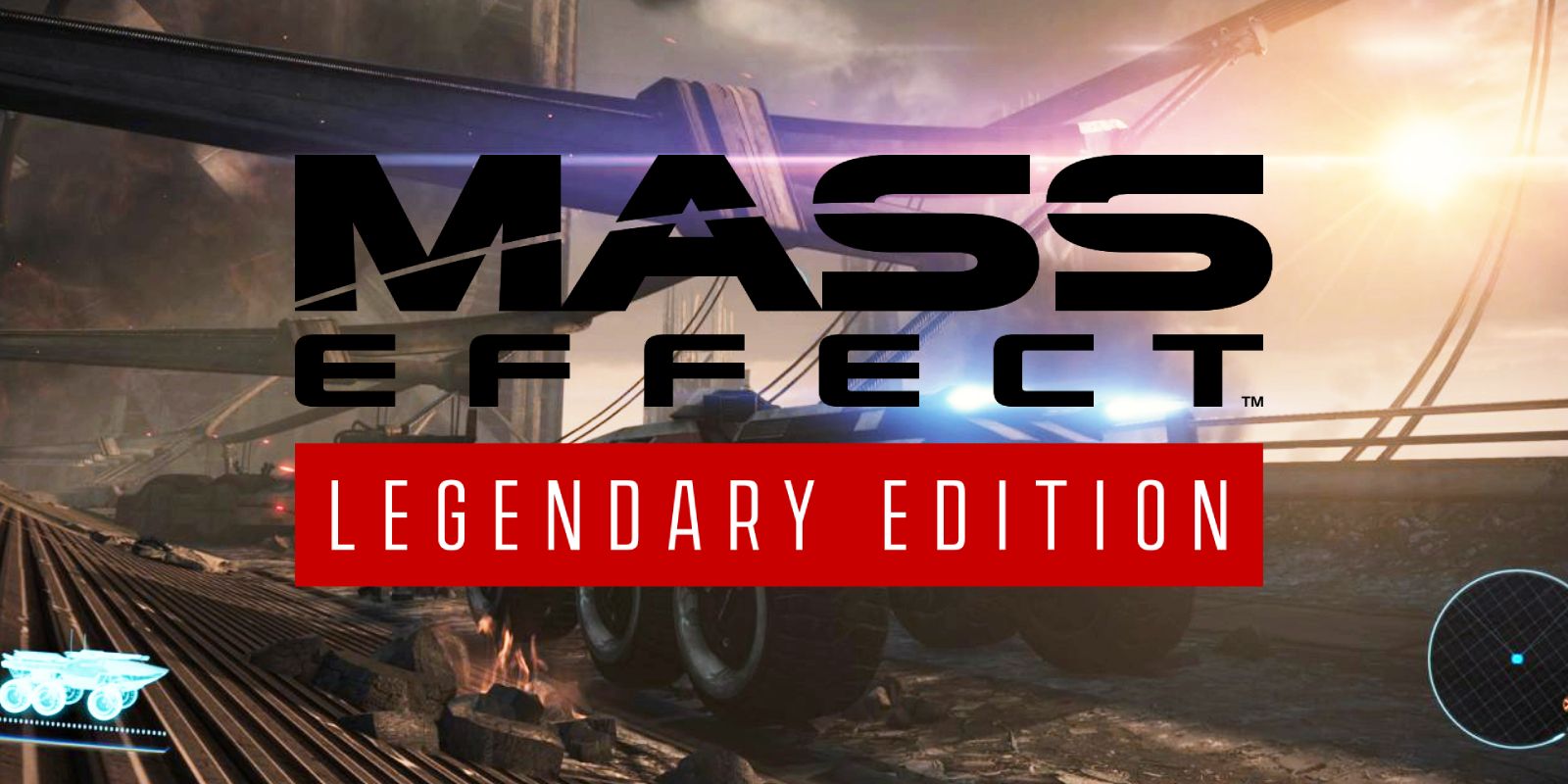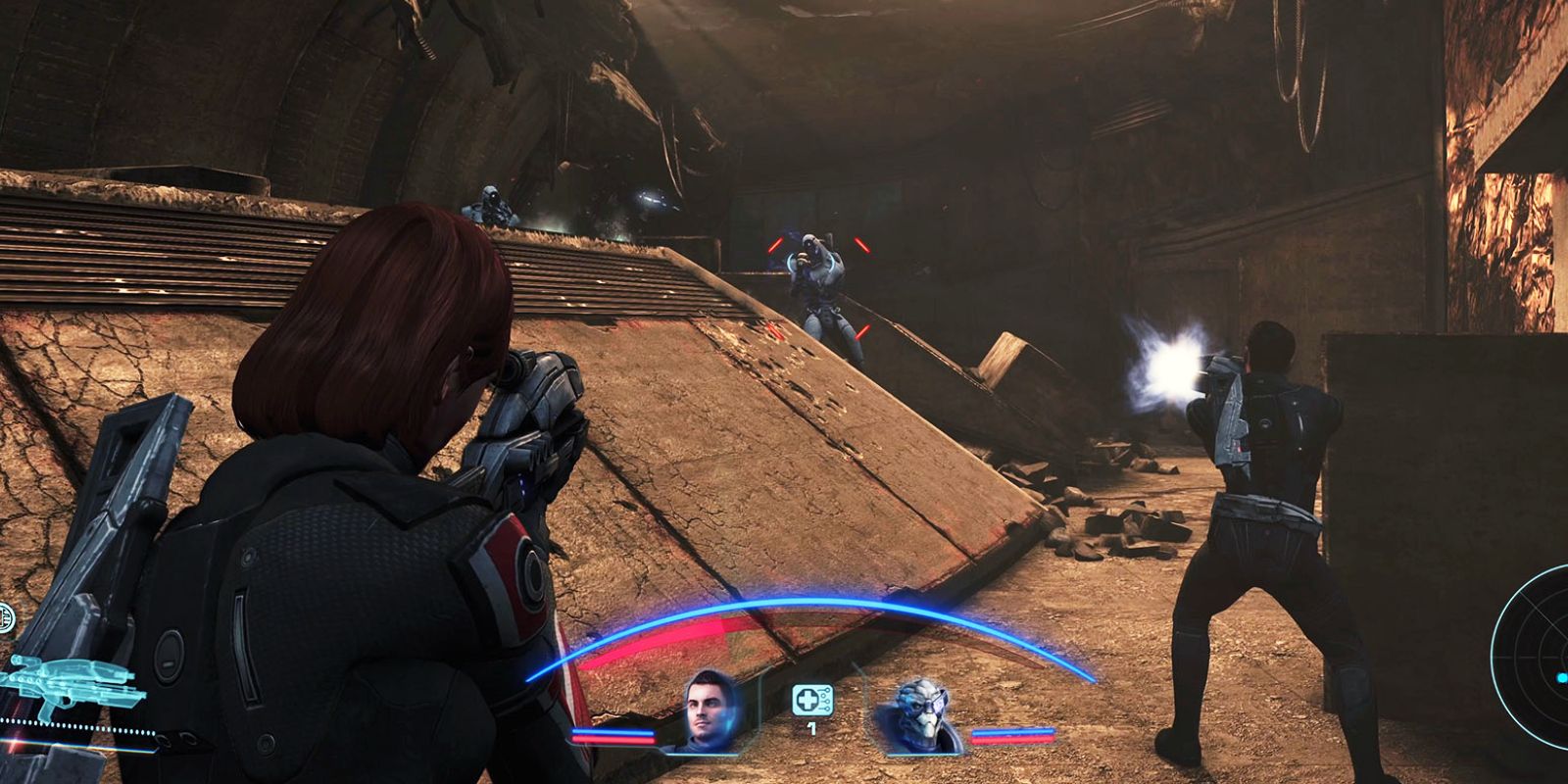When BioWare first announced Mass Effect Legendary Edition, some longtime fans were skeptical. Remasters are nothing new in the world of video games; visually overhauled rereleases of old titles are common and can often not be worth the fairly hefty price tag. However, Mass Effect Legendary Edition does more than just improve upon the graphics of the trilogy, and other game studios should learn from its remastering methods.
Whether to utilize new hardware or just reach a new user base, some games are rereleased many times over. Visual improvements are often the only changes these remasters make, if any, which leaves the products feeling mostly empty. Beyond hardcore fans, those who bought a title at full price may not be willing to spend the same amount - or potentially more - on a simple, visually overhauled version of an identical game.
Meanwhile, Mass Effect Legendary Edition went beyond that formula. Rather than just updating the series' graphics, it combined all three games and DLC into one package and introduced a wide assortment of gameplay improvements. This, in turn, made it appealing to new and returning players alike, allowing it to achieve the franchise's highest Steam player count and beating Resident Evil Village in UK sales a week after the brand-new Capcom game's release.
More Remasters Need Mass Effect Legendary Edition-Level Changes
Mass Effect Legendary Edition maintains some of the iconic quirks of the series, many of which are fondly regarded among fans, while also giving players the option to instead experience an improved version of them. The Mako has two different steering options, one that utilizes the controversial handling of Mass Effect 1 and one that has been updated with new physics and better movement control. The lengthy elevator scenes of ME1 now have the option to be skipped, but they can still be listened to by those looking to experience companion banter or news reports. There are also two different forms of level scaling available: the original version and an alternative that aligns things more closely with the scaling of later Mass Effect titles.
More widely disliked aspects of the series, however, were left out entirely. Mass Effect 3's highly criticized ending was updated to the Extended Cut version, and ME3's multiplayer game mode was removed and replaced with a rebalanced Galactic Readiness system. Various bugs and outdated combat mechanics, such as weapon specializations in early parts of the series, were also fixed.
It oftentimes feels like game studios are unwilling to trade nostalgia value in favor of smoothing over outdated design. As technology improves, after all, so does the industry's overall standards for gameplay quality, and not all features hold up after so many years. Other remasters can learn from Mass Effect Legendary Edition by allowing players to experience more extensive changes than just a graphical upgrade, even if it means allowing players to toggle the more old-school aspects of a given title.


